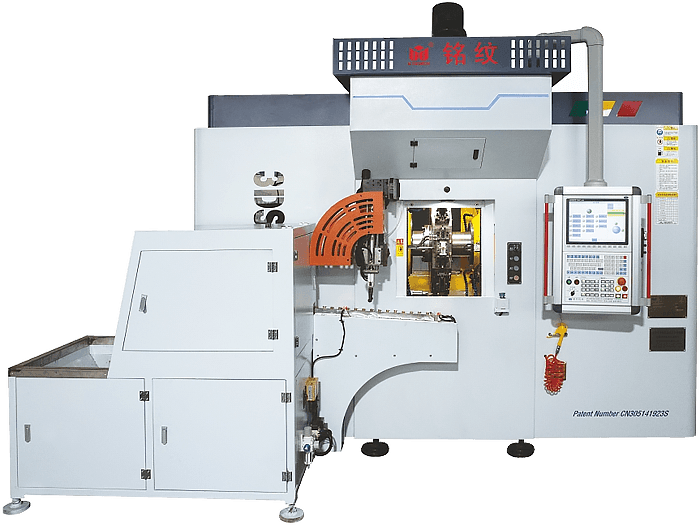Web Menu
Product Search
Exit Menu
Flexible Manufacturing Gains Momentum With Transfer CNC Machine Support
Flexible manufacturing continues to gain attention in industrial production as facilities seek to respond faster to varying product demands. One notable trend is the increasing use of the Transfer CNC Machine in diverse manufacturing environments. With its ability to handle complex sequences and perform precise operations across different stations, this equipment is becoming a reliable choice in flexible manufacturing setups.

The Transfer CNC Machine works by combining multiple machining tasks into a streamlined process. It reduces the need for manual intervention between each step, which improves workflow continuity. This machine is particularly valuable in scenarios where product variants need to be produced without significant downtime. When paired with other automation tools, its contribution to improved scheduling and operational coordination is significant.
In recent years, many production systems have also adopted the Aggregate Machine Servo to enhance motion control. These servo mechanisms offer fine-tuned responses and adaptability to different tool paths, helping to ensure consistent machining accuracy. As part of the flexible manufacturing concept, Aggregate Machine Servo units are often integrated into systems that prioritize speed and repeatability across various part geometries.
The interaction between the Transfer CNC Machine and Aggregate Machine Servo creates a synchronized environment. For example, while the former handles sequential part processing across multiple stations, the latter ensures each tool or axis responds with precision during every step. This pairing supports uninterrupted operations even as part designs evolve or quantities shift.
A noticeable shift is happening in how medium-sized factories approach automation. Instead of relying on large, centralized equipment, many are investing in adaptable units like the Transfer CNC Machine, which offer more layout flexibility. This allows plant managers to reconfigure work cells as needed. In turn, the Aggregate Machine Servo contributes by enabling motion systems to adapt quickly when production lines are restructured or reprogrammed.
One of the advantages of these two technologies working together is their contribution to less changeover time. In traditional systems, modifying a setup to produce a new item could take hours or more. However, the modular nature of the Aggregate Machine Servo and the multi-functionality of the Transfer CNC Machine help shrink that transition window. The result is improved responsiveness to fluctuating order volumes or custom requests.
Moreover, the role of digital integration in flexible manufacturing is expanding. Both the Transfer CNC Machine and the Aggregate Machine Servo can interface with monitoring software to provide real-time feedback. This data helps operators make timely decisions and reduces the chance of defects. In many cases, the collected information is also used to predict wear or recommend maintenance, supporting longer machine lifespans.
Another point of attention is energy efficiency. The Aggregate Machine Servo systems are often designed with power-saving modes or regenerative braking features. When deployed alongside a Transfer CNC Machine, the overall energy footprint of a manufacturing cell may be reduced. This aspect supports broader environmental goals while maintaining consistent production levels.
As market demands become more unpredictable, production teams are finding value in systems that allow quick adaptation. The Transfer CNC Machine brings mechanical flexibility, while the Aggregate Machine Servo introduces dynamic control. Together, they help manufacturers stay aligned with shorter delivery timelines and increasing design variety.
The pairing of Transfer CNC Machine setups with Aggregate Machine Servo solutions reflects a shift in manufacturing strategies. Companies looking for ways to maintain efficiency without committing to rigid systems are turning to this combination. It provides a blend of mechanical capability and control versatility that supports flexible production goals without compromising consistency.
- No.1-2,24th Street, Eastern New District, Wenling City.Zhejiang Province
-
+86-13906540425
+86-13566858277
+86-576-87168388
+86-13757649712 - +86-576-87168398
- [email protected]
[email protected]
 Privacy
Privacy



 русский
русский Español
Español